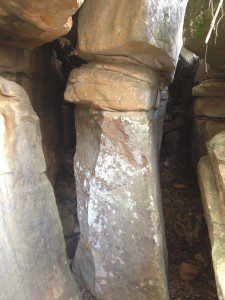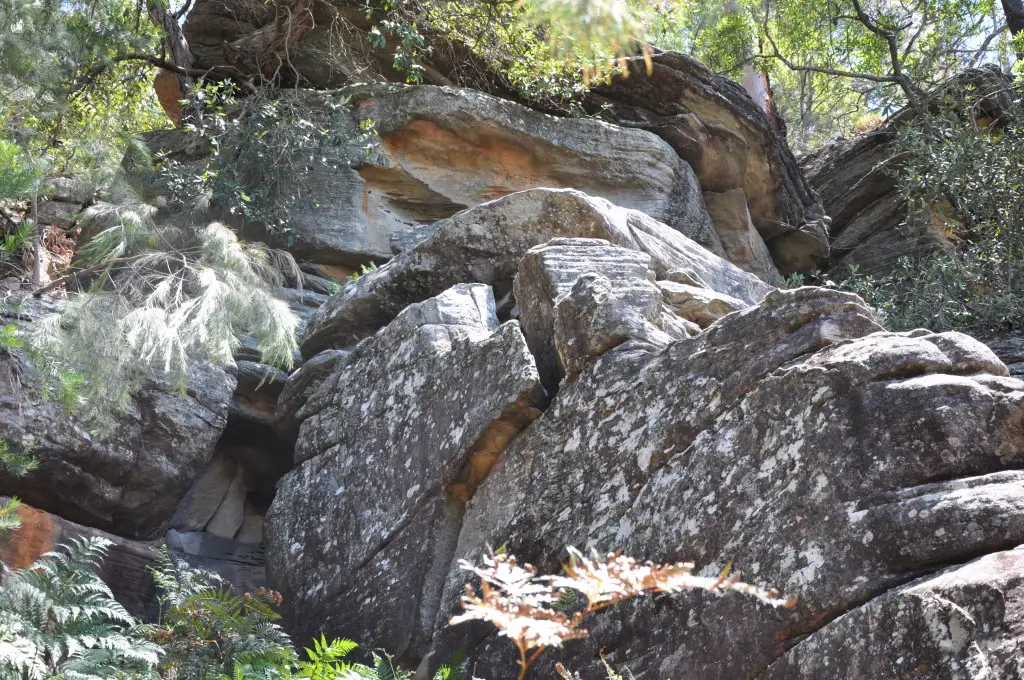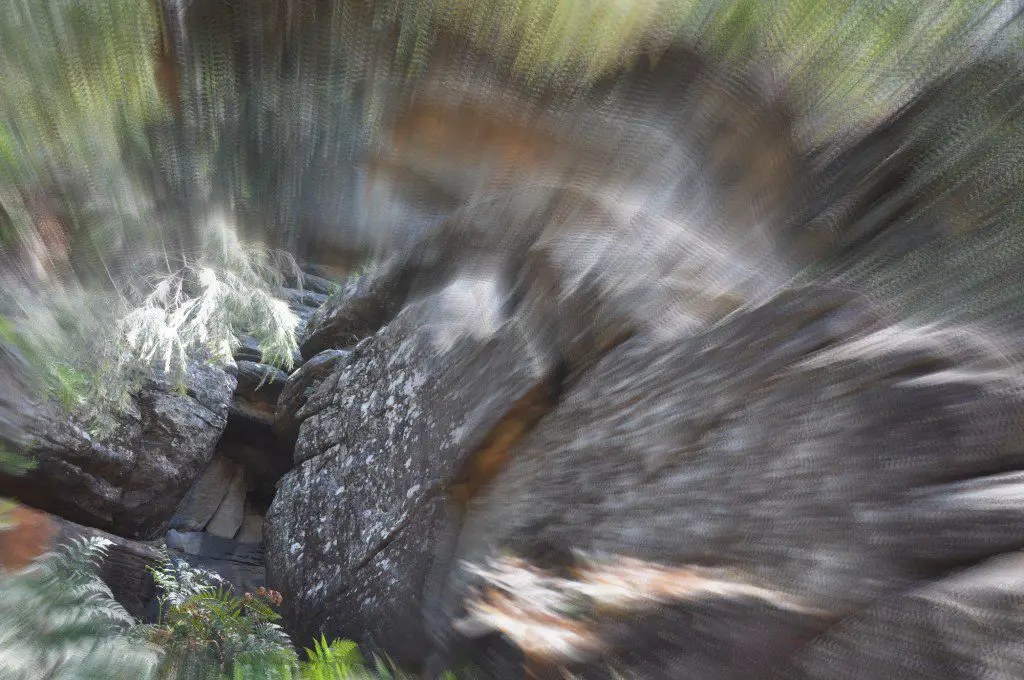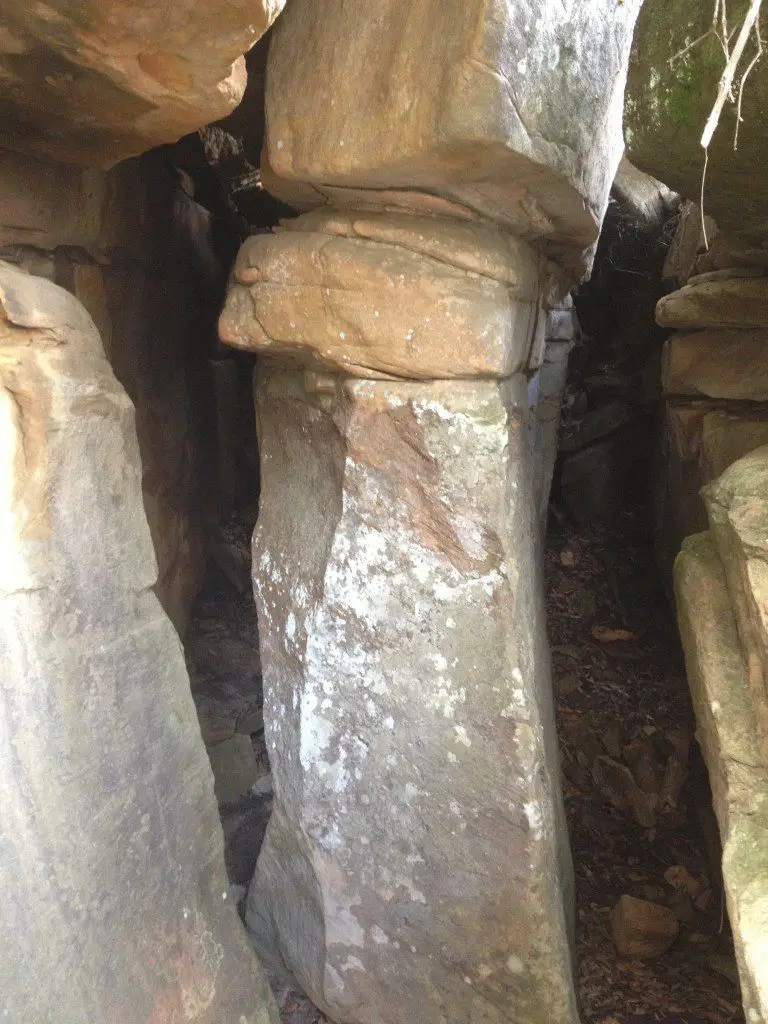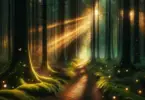By Steven Strong
Contributing Writer for Wake Up World
In a recent article on Wake Up World, I described in some detail the size, contents and deliberate placement of shaped sandstone blocks that form a series of walls inside a construction which cannot be accommodated into any accepted version of Australia’s pre-history.
See: Another Block in the Wall: Uncovering an Ancient Underground Tunnel Entrance in NSW Australia.
A little over a week ago, our research team returned to the site with intentions to perform all manner of tasks. The weather was appalling, the torrential rain and strong winds paid no respect to raincoat or any other protective garments. By the time we reached the site we were saturated and had lost our enthusiasm and desire to remain any longer than was absolutely necessary.
One activity, the primary purpose of our visit, was completed while all other intended tasks were postponed. It was just too miserable a day to be outside. As such, a report of the archaeology conducted on site that day could be contained within a simple sentence. But for reasons we will not expand upon now, the result obtained on this expedition (as confusing as it was) is to remain confidential for now.
[pro_ad_display_adzone id=”110028″]
But despite the storm clouds and cyclonic rain there was a ‘silver lining.’
The night before, we had seen three photographs taken by a member of our research team, Ryan Mullins: two photos of the construction’s entrance and one of the severe slope leading up to an opening that we believe to be unnatural. Of the two photographs of the entrance that leads into the three walls and tunnels, one has been deliberately blurred to highlight what looks, at the very least, decidedly artificial and the product and human hands.
The photograph of the outside slope shows a gradient in keeping with the surrounding terrain’s, but in contradiction to the flat floors formed inside the entrance.
The walls inside seem to have been carefully cut and positioned, and the shape and make of the entrance does appear to be made by humans. The two vertical sandstone pillars appear to be supporting the weight of the sandstone shelf above.
All around, the slope is extreme. It is a site that is life-threatening to walk near, very difficult to build a rudimentary lean-to upon, impossible to detect even when standing two metres from it, and was only found with the aid of Klaus Dona’s map and access to technology that my team will not currently divulge.
Some may argue that this construction is all due to extremely unusual natural forces. But there have to be so many different geological factors at play, and it seems highly unlikely this can be anything else other than a very clever and complicated human structure.
Our exploration is a work in progress. What we do know is that there is much more than an opening and three walls inside.
All we gained from the day was one very puzzling piece of archaeology. But we will return one day soon, and hopefully the weather will be more accommodating of our work.
All photos © Ryan Mullins for Wake Up World.
About the authors:
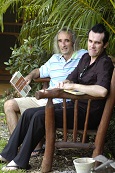 Steven Strong is an Australian-based researcher, author and former high school teacher. Together with his son Evan, his work is to explore the ancient story of the Original people, a narrative that was almost lost to aggressive European colonisation.
Steven Strong is an Australian-based researcher, author and former high school teacher. Together with his son Evan, his work is to explore the ancient story of the Original people, a narrative that was almost lost to aggressive European colonisation.
This article edited by Andy Whiteley for Wake Up World. This article © Wake Up World. All rights reserved.
[pro_ad_display_adzone id=”110027″]

